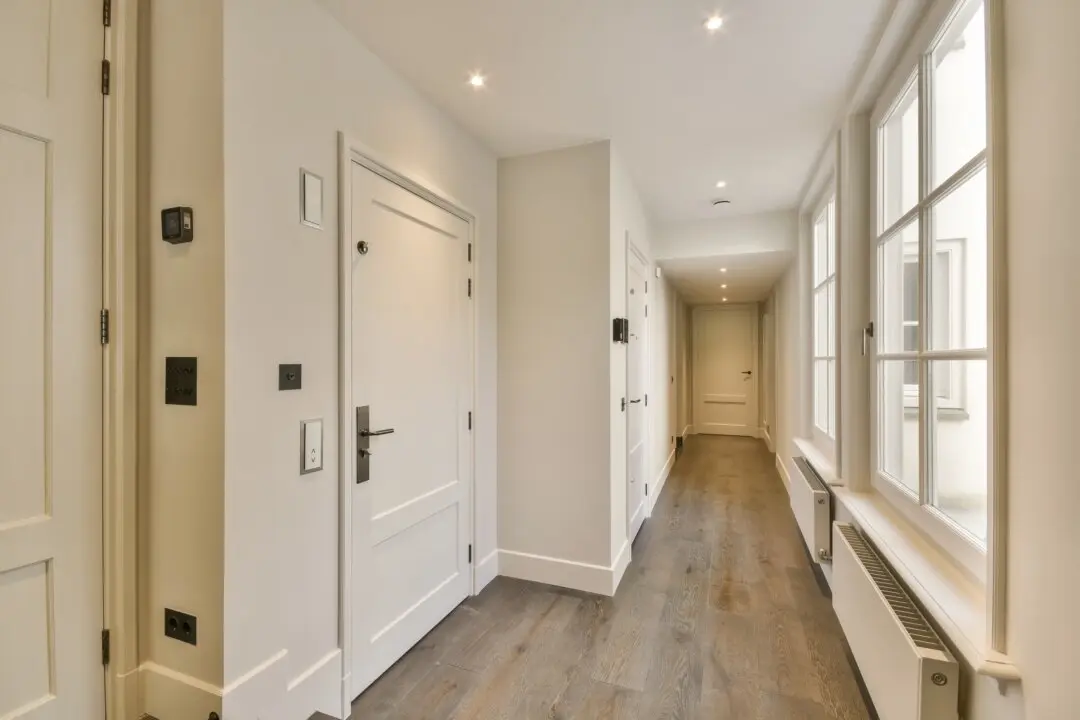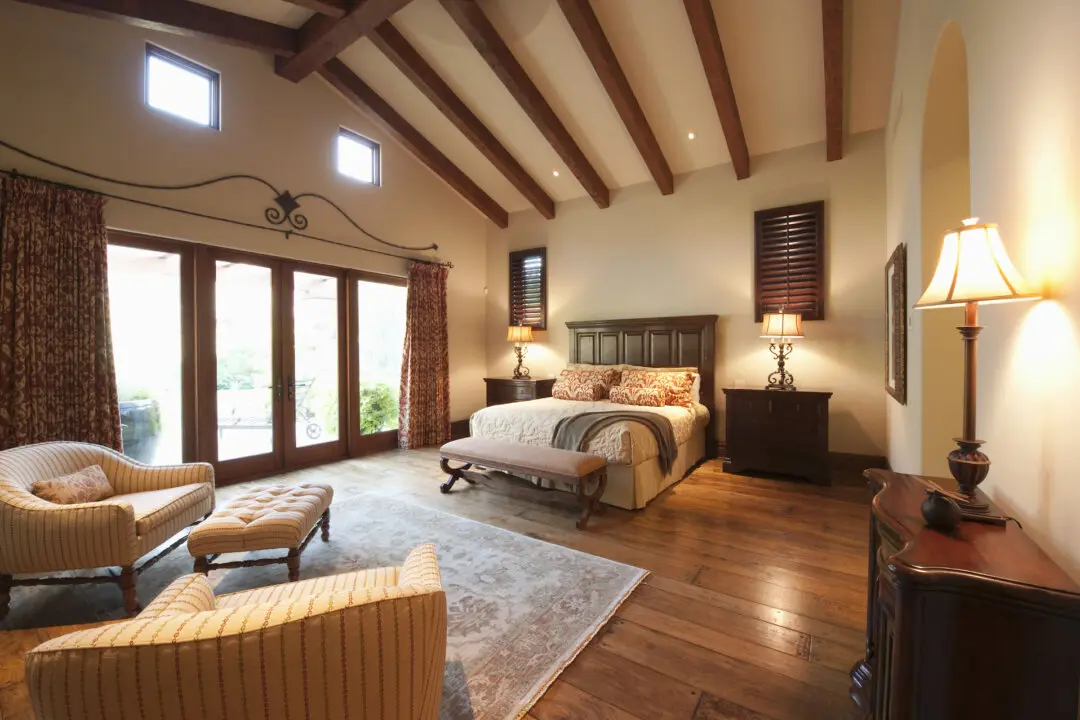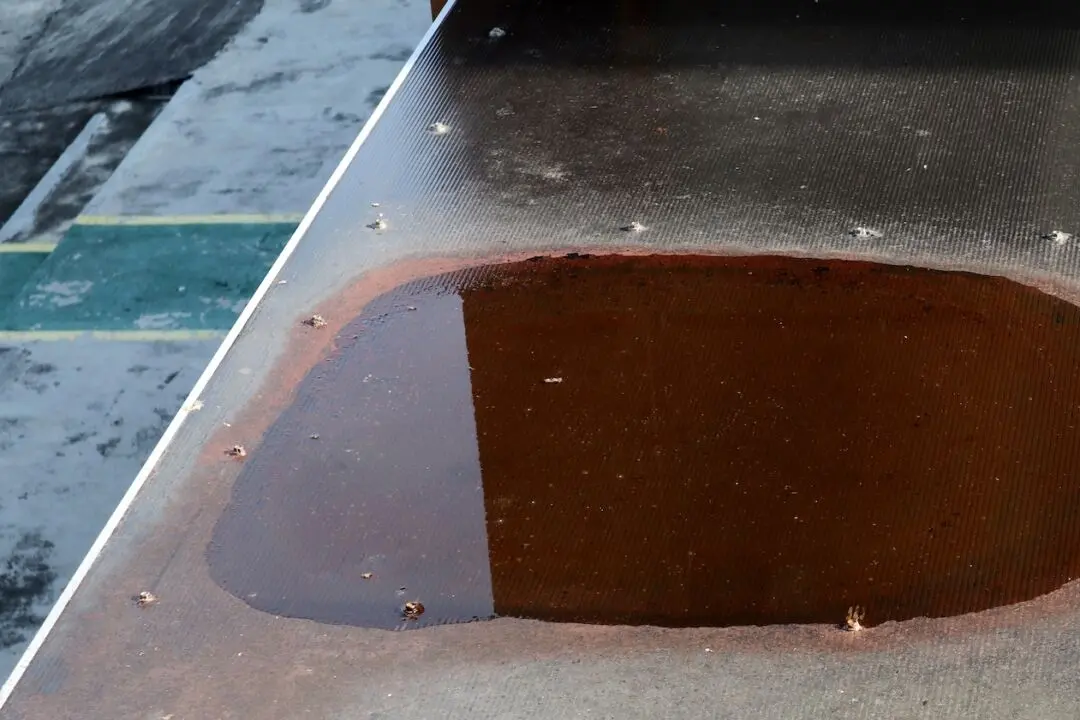Dear James: It feels good in a steam room and I hear it is healthy, but I hate having to drive to the gym for it. What is involved in converting my shower stall into a steam room? —Chris K.
Dear Chris: It can be extremely relaxing taking a steam at home after a long day at the office or an active day with some tired muscles. Contrary to popular belief that steam rooms are used only in the winter, people who have one at their own homes use it year-round.





